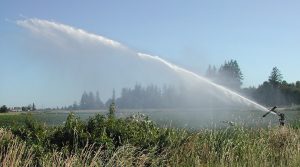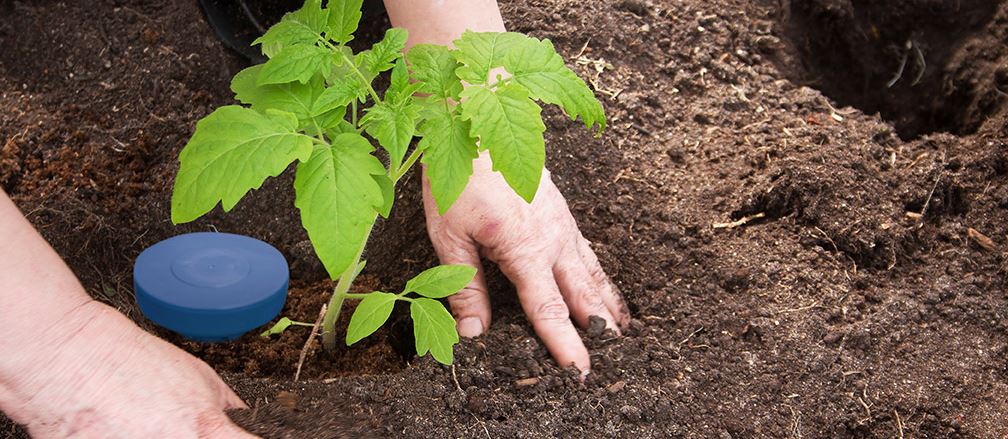
How can we better manage water waste in agriculture? Image by Brenda Bonebrake from Pixabay.
Freshwater withdrawals have tripled over the last 50 years and demand for freshwater is increasing by 64 billion cubic meters a year. The world’s population is growing by roughly 80 million people each year and changes in lifestyles and eating habits require more and more water consumption per capita. Worldwide, agriculture accounts for 70% of all water consumption.
Now, Kerlink, a specialist in solutions dedicated to the Internet of Things (IoT), and Sensoterra, a specialist in wireless soil-moisture-sensor solutions, have announced a partnership to take care of water waste. They hypothesize that farmers could lower their costs with data-driven farming and reduce water consumption by up to 30%.
According to the two companies, soil moisture data is becoming a key component of global sustainable farming programs, as producers contend with increasingly erratic weather patterns and drier growing seasons. Measuring precise moisture conditions in their fields can help farmers maintain soil health, improve water conservation, and increase crop yield.
The Dutch are known for their innovative and pragmatic solutions in agriculture. Sensoterra has been working with growers since its founding in 2014 to bring smart soil-moisture solutions to the market. In addition to providing soil monitoring for row-crops, orchards, and soft fruits, the company’s technology also supports efficient water use in public and private landscaping projects, municipal parks, and sports fields. Sensoterra’s current line of probes can measure soil-moisture down to almost a meter deep and the associated software allows users to zoom into conditions around individual probes.
However, networked agriculture is still in its infancy. “Less than 2% of agricultural land worldwide is equipped for soil-moisture measurement, which presents a very large market for wireless soil-monitoring and a big opportunity to improve water conservation,” said Christine Fraser-Boer, chief operating officer at Sensoterra.
The French partner, Kerlink, pledges that its special low power IoT reference design gives designers, software developers, architects, and operation engineers step-by-step directions for quickly conceiving and producing IoT connected end-devices. This could deliver high performance, low energy consumption, and optimized radio performance.

















